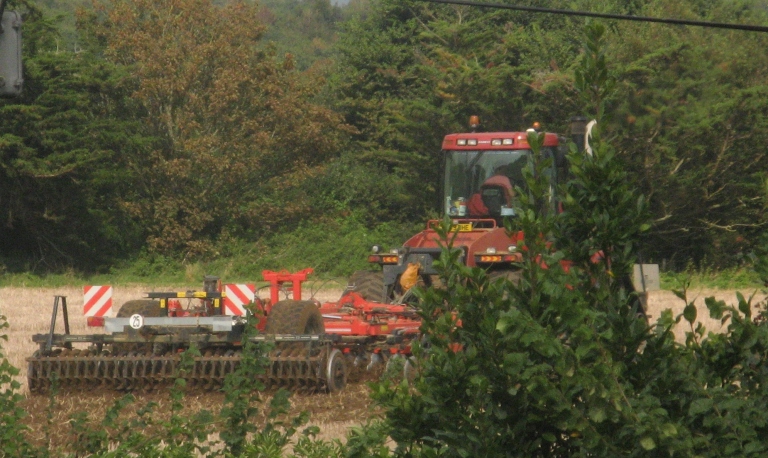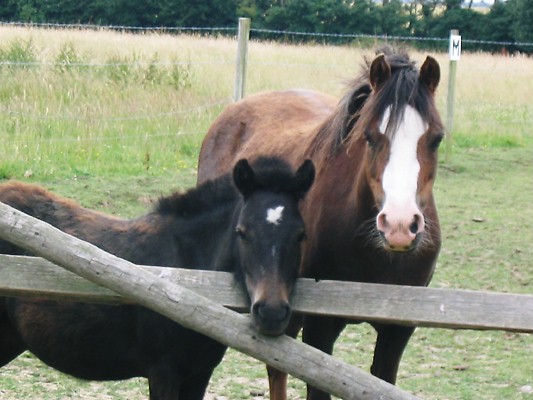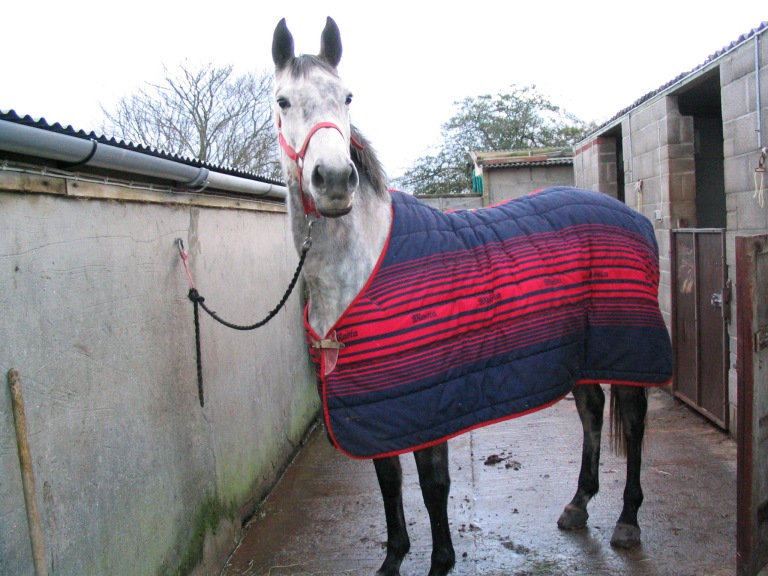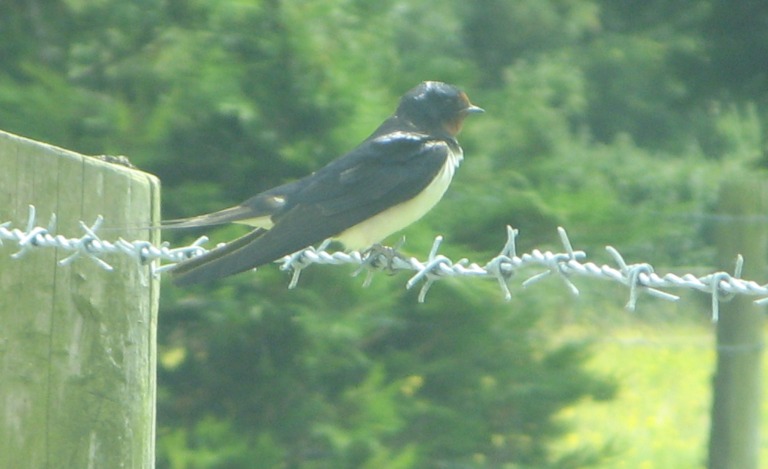
The September peace in our neighbourhood is shattered by the arrival of a Leviathon. It makes short work of clearing and preparing the seven acre field opposite for the next round of planting, spraying, harvesting. This picture fails to show the size of the machinery, or the complexity of something that can carry out multiple tasks without the driver even leaving his cabin. An hour or two and the job’s done.

Why does such efficiency leave me feeling rather sad?

Not so long ago, our rented four acre field provided food and shelter for an assortment of ponies. Horses apart, it called for lots of attention; pulling up weeds,, clearing the dung, operating a primitive ‘fallow field,’ system, and once a year, broadcasting grass seed by hand (a Biblical image) and in the fullness of time, cutting one acre for hay. Our friend Barney obligingly brought down his tractor and baler.

Once the hay was baled it was all hands to the pump as they were transported to the barn via a mini-trailer and our car.

There were a few anxious days between cutting the hay and then turning it and waiting for it to dry. We were at the mercy of the weather and everyone was involved. When, weary and with sore hands we finally closed the barn door on our modest harvest, there was a sense of achievement, a job well done that was second to none.

You don’t see many rickety tractors around today. Using old machinery involves a lot of tying things up with twine, stopping and poking into the works to keep it operating. Would it, or wouldn’t it last the course? Happily, it always did.
The whole reason behind this enterprise was so that on leisure days, one could ride off into the surrounding countryside.





Horses apart, there were other pleasures to enjoy. Each spring we waited and hoped that the swallows would return.




This rosy view forgets the wet, windy mornings, when taps froze. It chooses not to remember occasional emergency visits from a vet and the sad demise of a beloved equine friend.
What it did have however, was a sense of connection with Nature, an awareness of the seasons, finding mushrooms in the mornings, picking blackberries from the hedgerow in the autumn sun. There was a gladdenng of the heart that, I suspect is not experienced by those who drive in, do a quick job and depart, their feet barely touching the ground.
Progress? Efficiency? Perhaps. I’m glad that those old traditions still survive in smaller places. One of those life experiences I would not want to have missed.


Enlightening
It is strange how one ends up doing unexpected things in life.
This took me back to my childhood when I used to help with the harvest on my grandfather’s farm. What I remember most is the camaraderie of people coming together to work in bringing in the harvest and us children having a sense of purpose in doing something (even though it was sort of compulsory) with the elders. I don’t know how the area arranged the timing of who worked where and when, and whose farm got the harvest in before the rains came, but it seemed to work for them. I also recall that we made stooks which we then made into stacks which seemed to sit in the fields for ages (drying?) until combined into the big hay stack that was covered in tarpaulin to keep out the rain. I never remember it being taken to the barn. I also remember doorstep sandwiches of corned beef – the only time I ever got such an exotic item.
Thank you for re-awakening memories, and for the lovely photos of your horses.
Almost a lost way of life for many, I suspect.